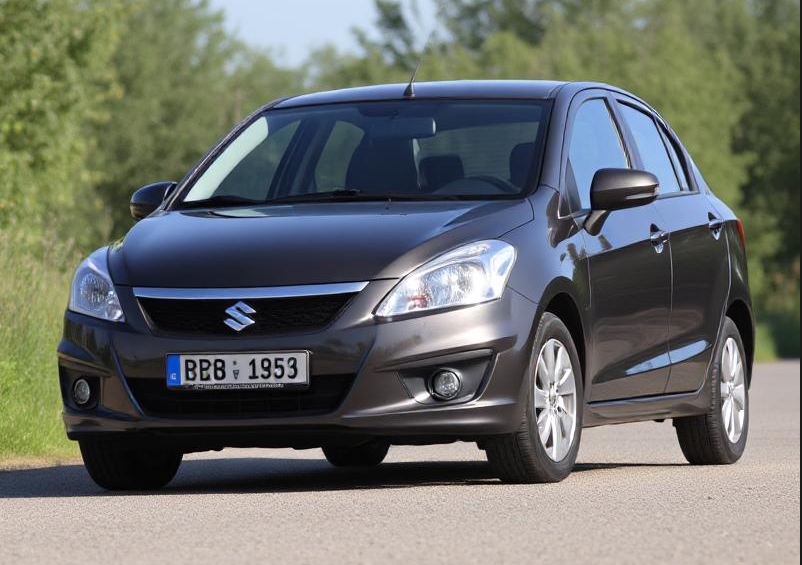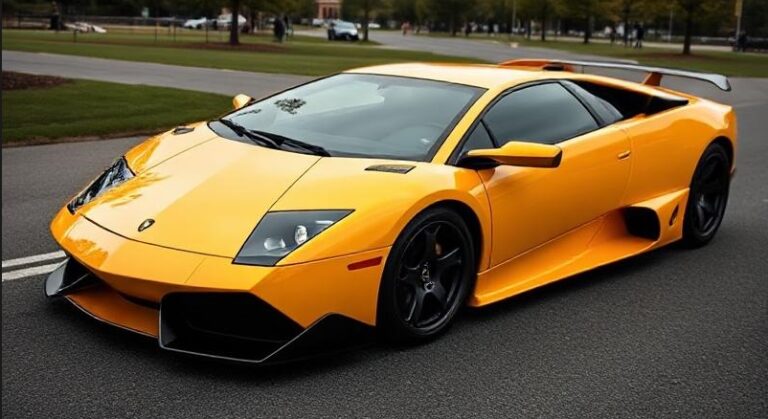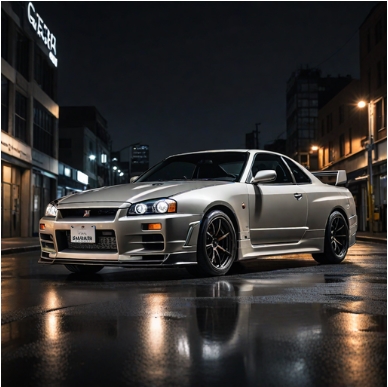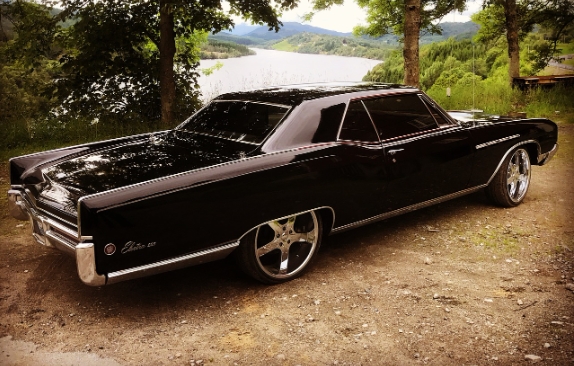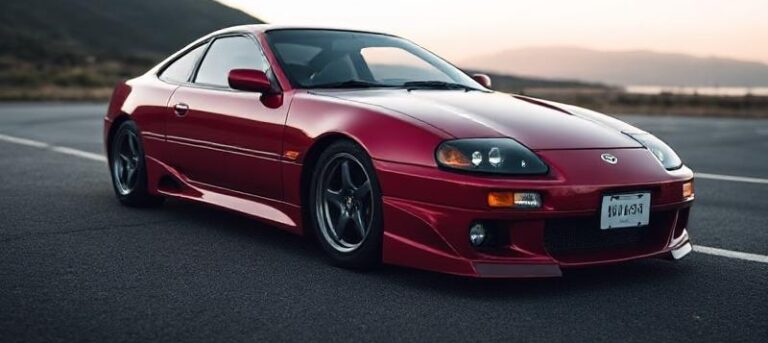The Evolution of the Suzuki Forenza: A Comprehensive Overview
Introduction
The Suzuki Forenza is a compact car that emerged in the early 2000s, making a name for itself as a reliable, economical vehicle perfect for daily commuting. Although the Forenza was not the most glamorous car on the market, its practicality and affordability resonated with a diverse group of drivers. Produced from 2004 to 2008, the Forenza was Suzuki’s answer to the growing demand for compact cars in the United States. This article delves into the evolution of the Suzuki Forenza, covering its history, models, trim levels, and the factors leading to its eventual discontinuation.
Origins and Initial Production (2004-2006)
The Suzuki Forenza was first introduced to the American market in 2004, serving as a replacement for the Suzuki Esteem. Based on the Hyundai Elantra platform, the Forenza was part of a larger trend in the automotive industry in the early 2000s, focusing on smaller and more fuel-efficient vehicles. The Forenza was available in both sedan and wagon variants, allowing it to cater to a wider audience.
2004 Model Year
The 2004 Forenza was offered in three trim levels:
- Base: This entry-level model included features like 15-inch wheels, air conditioning, and a CD player. It appealed to budget-conscious buyers looking for basic transportation.
- Premium: The Premium trim level added power windows and locks, keyless entry, and upgraded audio features, enhancing comfort and convenience for daily drivers.
- Convenience: This version expanded on the Premium by including additional features such as alloy wheels and a sunroof, making it a more attractive choice for consumers who were looking for more than just a basic model.
The 2004 Forenza was equipped with a 2.0-liter, four-cylinder engine producing 126 horsepower, paired with either a five-speed manual or a four-speed automatic transmission. Despite its unremarkable performance, the Forenza’s fuel economy was competitive, reaching up to 29 mpg on the highway, making it a practical choice for many.
.

.
2005 Model Year
In 2005, Suzuki made minor updates to the Forenza. The trim levels remained largely the same, with the addition of the Luxury trim that provided leather upholstery, heated seats, and premium audio. Features across the lineup received minor adjustments, enhancing comfort and user experience. The 2005 Forenza also received both aesthetic and technological upgrades, which helped solidify its position in the compact car segment.
Mid-Cycle Refresh (2006-2008)
As Suzuki aimed to keep the Forenza competitive, the model year 2006 saw a mid-cycle refresh, which updated many aspects of the vehicle.
2006 Model Year
The modifications included front-end styling adjustments and revised taillights, giving the Forenza a more modern appearance. The trim levels were reorganized into:
- Base: An entry-level choice retaining many features from previous years, including basic audio systems and air conditioning.
- Premium: Now featuring more advanced audio systems and enhanced interior appointments.
- Luxury: This was the highest trim level, now boasting additional luxury features such as a touchscreen navigation system and upgraded interior materials.
Power for the 2006 Forenza continued to come from the same 2.0-liter engine, which was sufficient for day-to-day driving but didn’t inspire excitement behind the wheel. Fuel efficiency remained a strong selling point, with many drivers praising its balance between performance and economy.
2007 Model Year
For the 2007 model year, no significant changes were introduced. The lineup remained stable with the same three trim levels, offering only minor differences in standard equipment. However, consumer feedback began to shift as many drivers compared the Forenza to newer competitors in the market.
2008 Model Year
The final year of production for the Suzuki Forenza was 2008. Suzuki made some last-minute changes to ensure the Forenza’s relevance in a rapidly evolving automotive environment. The trim levels remained unchanged, but the company introduced limited-edition models that offered unique paint options and cosmetic enhancements.
Discontinuation
By the end of 2008, Suzuki faced increasing challenges due to the financial crisis and shifting market demands. The automotive landscape was rapidly adapting to new technologies, and car buyers were increasingly looking for more fuel-efficient and eco-friendly alternatives. The Suzuki Forenza, which had served its purpose as a practical and economical vehicle, struggled to compete with rivals that were offering advanced features, hybrid options, and far more appealing aesthetics.
In 2008, Suzuki announced the discontinuation of the Forenza, ending its run in the North American market. While the Forenza had a modest fanbase and garnered a reputation for affordability and reliability, it could not withstand the test of time against the onslaught of modern compact vehicles featuring enhanced safety, fuel efficiency, and innovative technology.
Legacy and Aftermath
Despite its discontinuation, the Suzuki Forenza left a legacy as a reliable and affordable car for many consumers. It served primarily as a practical solution for those needing a vehicle for commuting, running errands, and other day-to-day tasks. The Forenza showcased Suzuki’s attempt to carve a niche in the highly competitive compact market, reinforcing the brand’s commitment to providing economical vehicles.
Today, the Forenza is often regarded as a forgotten model in the Suzuki lineup. However, it continues to have a presence in the used car market. Many vehicles remain available, attracting buyers looking for a dependable and cost-effective option.
Conclusion
The evolution of the Suzuki Forenza from 2004 to 2008 mirrors the challenges and shifts in the automotive industry during the early 21st century. While it was never a standout in terms of performance or luxury, the Forenza nonetheless provided a no-frills, economical solution for everyday driving needs. Through its various trim levels and gradual updates, the Forenza adapted to changing customer demands, but ultimately, it succumbed to the industry’s rapid evolution. Nevertheless, it remains a part of Suzuki’s history, representing a time when compact cars took center stage in the market.
